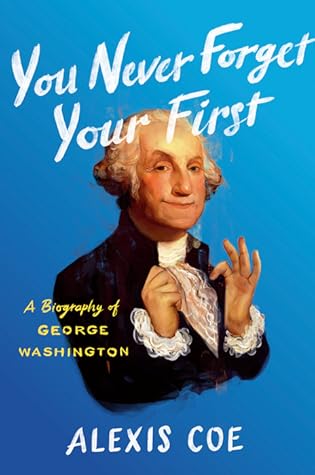Jay couldn’t get him what he was looking for—“a liquid which nothing but a counter liquor (rubbed over the paper afterwards) can make legible”—but his brother could.2 Sir James Jay, a physician in New York, had developed a “sympathetic stain” for secret correspondence. Washington called the invisible ink “medicine” and advised those he supplied with it to write “on the blank leaves of a pamphlet . . . a common pocket book, or on the blank leaves at each end of registers, almanacs, or any publication or book of small value.”
Welcome back. Just a moment while we sign you in to your Goodreads account.


